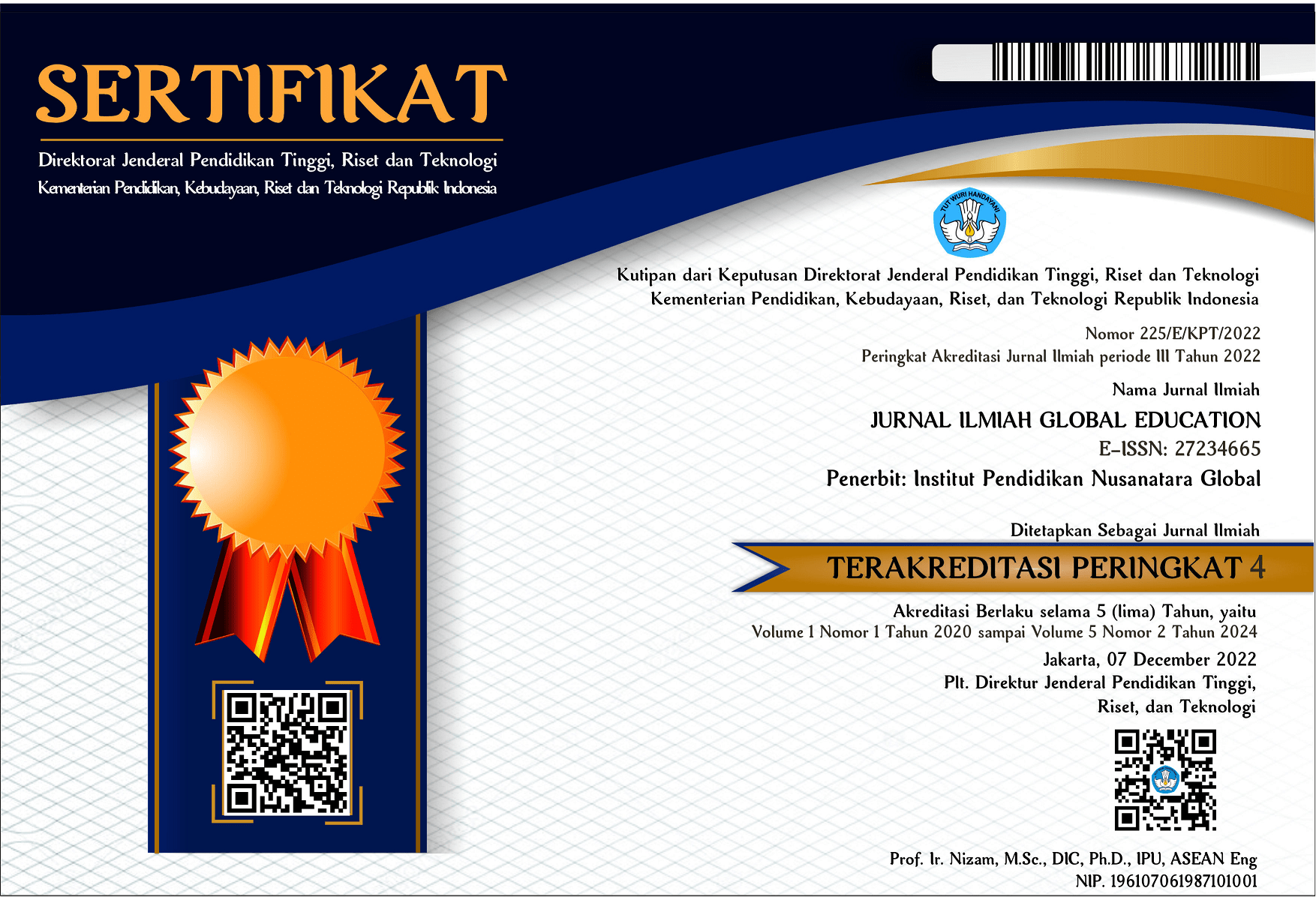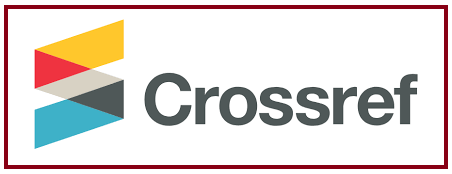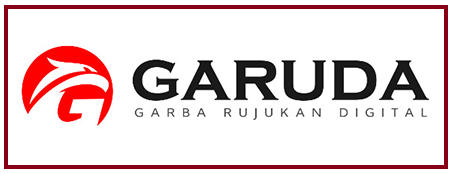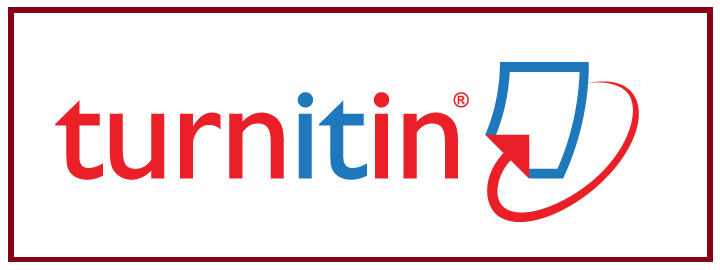PERANAN KOMPENSASI PKWT DAN BONUS AKHIR TAHUN DALAM MENINGKATKAN KINERJA KARYAWAN PADA PT. SURYARAYA RUBBERINDO INDUSTRIES
DOI:
https://doi.org/10.55681/jige.v4i2.895Keywords:
PKWT compensation, employee performance, PT Suryaraya RubberindoAbstract
This study aims to determine the role of PKWT compensation and year-end bonuses in improving employee performance at PT Suryaraya Rubberindo Industries. This research uses descriptive qualitative research methods. Respondents in this study were 15 respondents consisting of contract employees of the wrapping & setting division of the packing section of PT Suryaraya Rubberindo Industries. The data collection methods used are observation, interview, and documentation. The data collected were analyzed descriptively by reducing data, presenting data, and drawing conclusions. The results of this study indicate that "The Role of PKWT Compensation and Year-End Bonus in Improving Performance in Employees of PT Suryaraya Rubberindo Industries" has a good role, as evidenced by the results of research from 4 PKWT compensation indicators, namely the first is wages & salaries that are by the contract employees want but need to be reviewed again regarding the adjustment of the value of wages & salaries between government and company policies. Furthermore, the second is incentives. The incentives of non-permanent contract employees carried out by the company can improve their performance in a job. Moreover, the third is the PKWT allowance, which benefits when someone has ended their tenure at the company so that the money can be used for daily needs or business capital. Then, some employees consider that "PKWT allowances" and other benefits can help with wages & salaries, which for some employees are still insufficient. Furthermore, the fourth is that the facilities in the company are sufficient for the needs of contract employees and need a little attention to safety & risk in the work area.
Downloads
References
Larasati, S. (2018). Manajemen sumber daya manusia. Deepublish.
Hanggraeni, D. (2012). Manajemen sumber daya manusia. Universitas Indonesia Publishing.
Fauzi, U. (2014). Pengaruh kompensasi terhadap kinerja karyawan pada PT. Trakindo Utama Samarinda. Jurnal Ilmu Administrasi Bisnis, 2(3), 172–185.
Nawawi, H. (2001). Manajemen sumber daya manusia. Yogyakarta: Gadjah Mada University Press.
Istijanto, M.M., M. C. (2010). Riset Sumber Daya Manusia. PT. Gramedia Pustaka Utama.
Daryanto, D., & Bintoro, D. (2017). Manajemen Penilaian Kinerja Karyawan. Gava Media.
Kartika, L., Jayawinangun, R., & Mangkuprawira, T. S. (2016). Manajemen Kompensasi : Konsep, Implementasi, dan Studi Kasus. IPB Press.
Fitri. (2022). Manajemen Kompensasi Dalam Meningkatkan Kinerja Karyawan Di PT. PLN Bakaru Parepare (Analisis Manajemen Syariah). Institut Agama Islam Negeri Parepare.
Qodariyah, E. L. (2017). Pengaruh Pemberian Bonus Terhadap Tingkat Produktivitas Kerja Karyawan Pada BMT Sepakat Sumberagung. Institut Agama Islam Negeri (IAIN) Metro.
Irsan. (2018). Pengaruh Pemberian Kompensasi Terhadap Peningkatan Kinerja Pegawai Kantor PDAM Kabupaten Bantaeng. Universitas Muhammadiyah Makassar.
Nugraha, A., & Tjahjawati, S. S. (2017). Pengaruh kompensasi terhadap kinerja karyawan. Jurnal Riset Bisnis Dan Investasi, 3(3), 24–32.
fdrtire.com/content/view/page/1/about-us "Diakses pada 10 Maret 2023"
www.kompas.com/konsultasihukum/read/2021/08/06/060000980/karyawan-kontrak-pkwt-berhak-uang-kompensasi-simak-aturan-dan?page=all#page2 "Diakses pada 10 Maret 2023"
online-pajak.com/seputar-pph21/bonus-akhir-tahun "Diakses pada 9 Maret 2023"
spenmo.id/blog/pkwt-adalah?hs_amp=true "Diakses pada 9 Maret 2023"
Downloads
Published
How to Cite
Issue
Section
License
Copyright (c) 2023 JURNAL ILMIAH GLOBAL EDUCATION

This work is licensed under a Creative Commons Attribution-ShareAlike 4.0 International License.













